The plumbing system at your home is an essential arrangement as it regulates the whole water system at your place. Basically, it is a combination of two subsystems-one which carries freshwater and the other which releases the wastewater. The concept of plumbing system actually depends on three basic laws of nature, gravity, pressure and water seeking its own level. If you understand properly the plumbing basics, you can figure out which creates a problem for what and perform many small fixes at home without calling a plumber.
How this plumbing system works
- The water allotted for your home enters your house under tremendous pressure. Depending on this plumbing set up, it is allowed to travel in the upper floors, around every corner of your home where it is needed. A water meter is there in your house to see the amount of water coming to your house. The main water shut off valve is located near to the water meter in most of the houses.
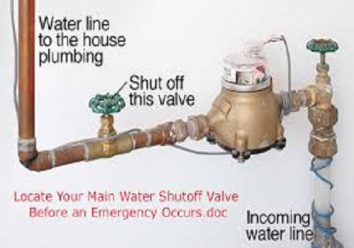
credit image
http://paradigmplumbingservices.com
- When there is any defect in your plumbing system, you first shut off the main valve immediately. If you don’t do this, the pipes may burst and the whole house will be flooded. If you find the problem is in a certain area for example in the sink, tub or toilet then you need not have to shut down the main water supply. This is the reason there are many independent separate stop valves are installed in your house plumbing set up.
- The plumbing set up at your home is such that for any cold water needs the water coming from the main supply is always ready. Only for hot water needs, you have to do some separate arrangement in your plumbing system.One pipe will be connected to carry cold water to the geyser or water heater. A hot water line will be connected to the heater to all the fixtures where you need hot water, for example, the bathroom and the kitchen. A thermostat or a temperature sensor will be there in the heater to regulate the temperature when you turn on and off the heater. The normal temperature recommended for a home water heater is between 140 degrees F and 160 degrees F. If you want to be economical then a 120 degrees F is ideal.
The management of drainage plumbing set up
When it comes to the management of your drainage system, whether it is sewage or septic tanks at home, the process is same with your plumbing system. However, the plumbing set up does not depend on pressure, unlike the supply system. The wastewater release through it in all directions. Gravity works here, and it pulls out the waste along. The sewer line carries this downward flow to a septic tank.
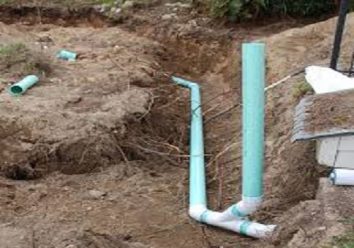
credit image
http://mapleleafpassivehouse.com
The drainage system might sound very simple yet there are many parts in it including the vents, traps, and clean outs.
- The vents are responsible for the ventilation of water into the drain pipelines. The air supply from the vents will help the wastewater to flow out properly.
- Traps are another component of the drainage plumbing set up and you can see them under every sink. Water flows from the basin under enough pressure and enters the trap and then reaches the drain pipes and flow out. The excess water in the trap then prevents the sewer gas to accumulate in your home. So, every fixture should include a trap. However, toilets are self-trap and you need not install it separately. When it comes to bathtubs they contain drum traps, that helps to prevent clog drain condition by preventing the sewer gas and collects hair and dust accumulated over time. The kitchen sinks have grease traps located inside which helps to prevent clogging.
- Traps contain a cleanout plugs that helps in the breaking down of hair and grease.
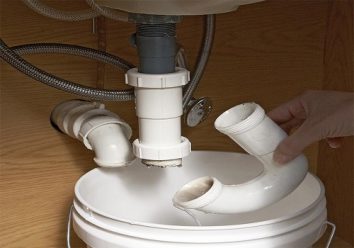
credit image
https://www.lowes.com
Understanding the difference
So drainage system is different from the supply system at your home when it comes to understanding the plumbing set up. It is called the DWV: the drain-waste-vent plumbing set up and it is necessary for the water to flow out easily and the waste to flush out properly in your home.
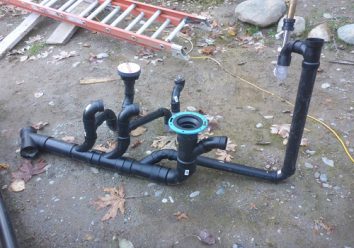
credit image
http://www.carnationconstruction.com
You should check the pipes in the basement under your house at the regular intervals to see that all parts of the DWV are in order.
Concluding remark
Before you take up any plumbing system repairing work, the first thing you need to do is turning off the main water supply. Follow your local plumbing guidelines and enquiry if you are allowed to do your own plumbing work or not. If you get the permission, then you can save a lot of money by solving the problem.
Loading recommendations...

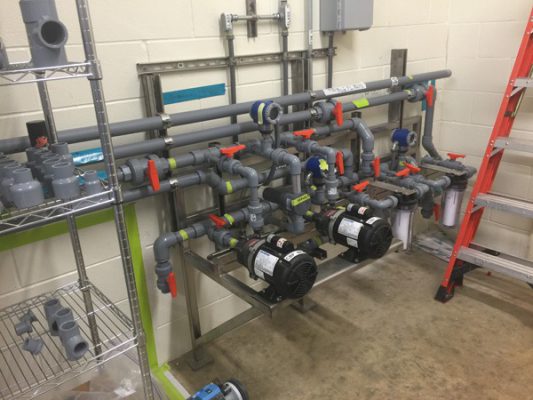

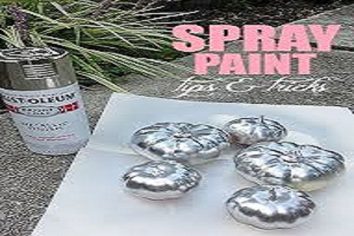
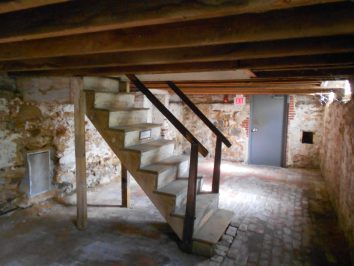
I had the pleasure of using Gillece Services Plumbing for a plumbing issue in my home, and I must say, I was thoroughly impressed with the experience. From start to finish, the team at Gillece Services Plumbing was professional, knowledgeable, and efficient. They arrived promptly and were able to diagnose and fix the issue quickly, which was a huge relief. The technician who came to my home was friendly and courteous, and took the time to explain the problem and the solution in detail. Check out their reviews at https://gillece-services.pissedconsumer.com/review.html for more information. I also appreciated the fact that they were transparent about pricing and didn’t try to upsell me on unnecessary services. I would recommend Gillece Services Plumbing to anyone in need of plumbing services. Their expertise and commitment to customer satisfaction are truly top-notch. If you’re looking for a reliable and trustworthy plumbing company, look no further than Gillece Services Plumbing.
Awesome. Though I have been quite long on the industry of plumbing, sometimes we forget the very basic ones.
url:
https://www.aucklandgasfitterspro.co.nz/
Thanks for this useful article for Septic Tank Treatment.
tanks reed also https://www.rashed-kw.com/سباك-بالكويت/